
The ancient Mayan civilization was a powerhouse of creativity and mystery, leaving behind mind-blowing achievements that still astonish us today. Be it inventing chocolate or mastering astronomy without telescopes, the Mayans were centuries ahead of their time. Ready to discover more? These 15 incredible facts will change how you see their history forever.
Masters of Astronomy
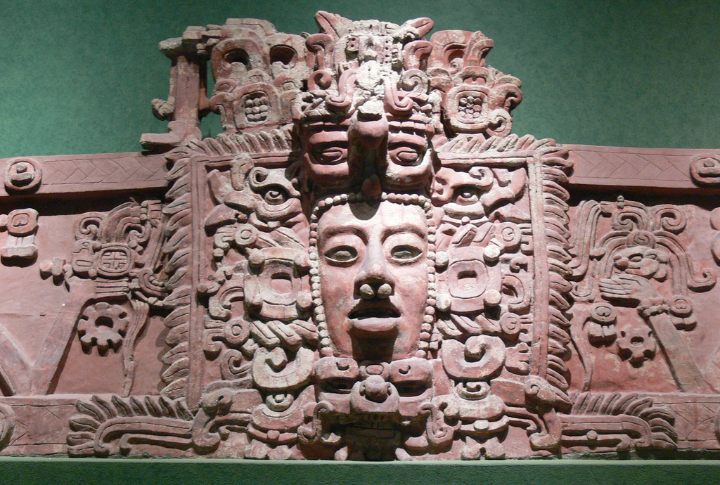
The Mayans were expert astronomers, crafting calendars based on celestial events. Their ability to predict solar eclipses and track planetary movements was unmatched, displaying an advanced understanding of the universe. Their knowledge still amazes modern scientists.
The Mayans Invented Chocolate
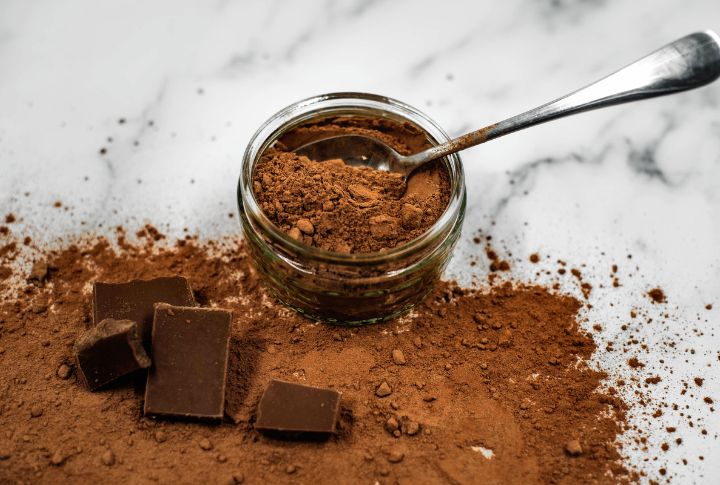
Chocolate lovers, thank the Mayans! They cultivated cacao, turning it into a bitter, spiced beverage reserved for the elite and sacred rituals. Far from today’s sweet treat, their chocolate was a revered luxury and often mixed with chili or cornmeal for an extra kick.
They Developed a Complex Writing System
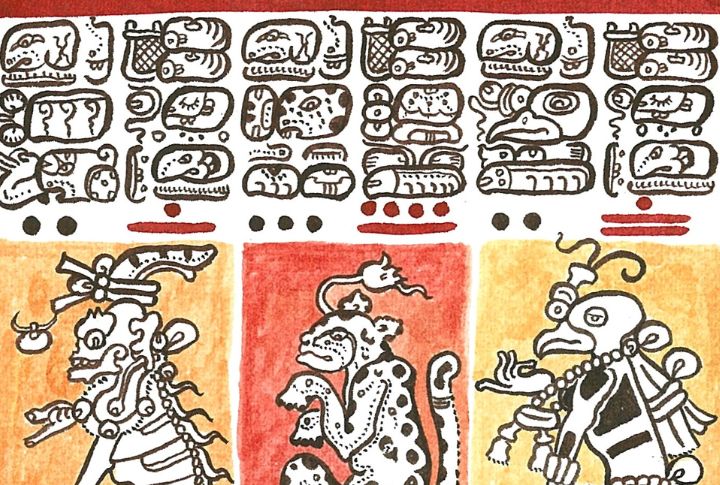
With over 800 hieroglyphic symbols, the Mayans created the only pre-Columbian writing system in the Americas. Their script recorded everything from history to mythology, preserving centuries of knowledge in stone and codices.
Mayan Cities Were Marvels
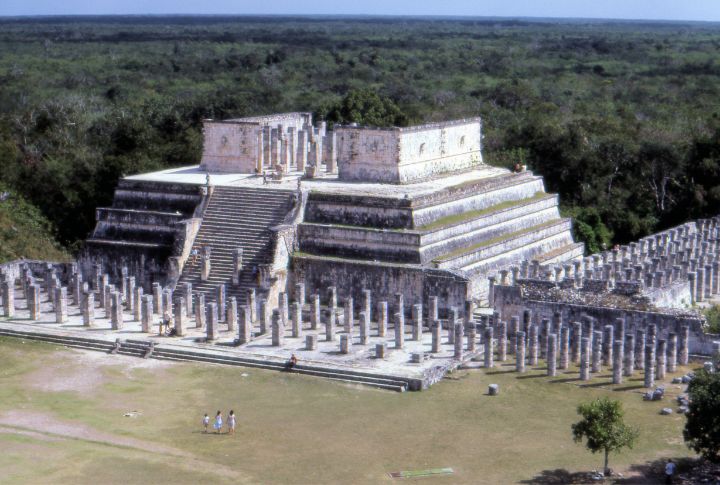
Cities like Tikal and Chichén Itzá weren’t just impressive—they were great masterpieces. The layout aligned with astronomical events, and temples were constructed to cast shadows that mirrored solar movements. These cities truly showcased Mayan mathematical genius.
Blood Sacrifices Were Common
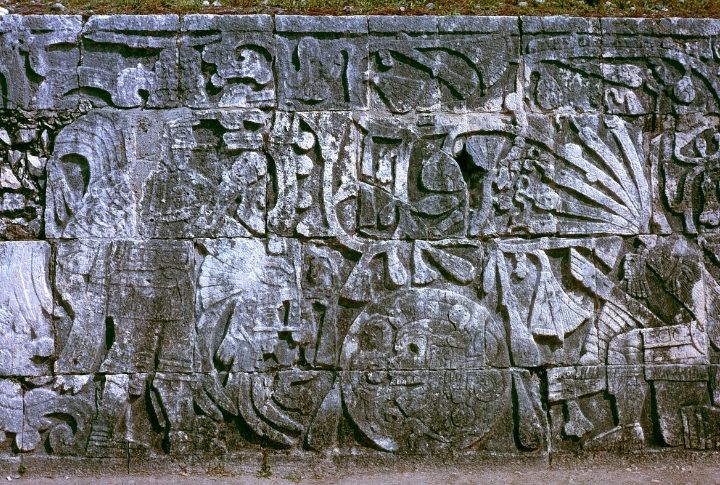
The Mayans believed blood sacrifices were essential for maintaining cosmic order. Rituals included bloodletting or human sacrifices to appease gods. These acts, while shocking, were seen as necessary to honor divine forces and ensure the survival of their civilization.
The Mysterious Decline
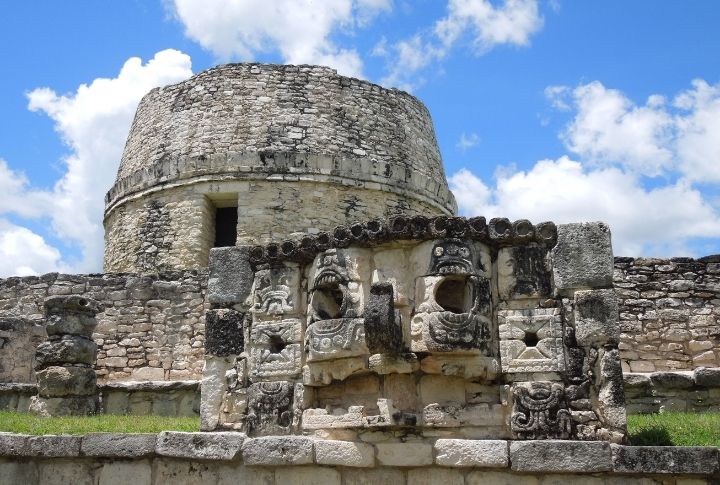
Around 900 AD, the flourishing Mayan civilization mysteriously collapsed. Possible reasons include warfare, climate change, or overpopulation, but no definitive cause has been confirmed. The sudden decline remains one of history’s greatest puzzles.
They Practiced Cranial Shaping
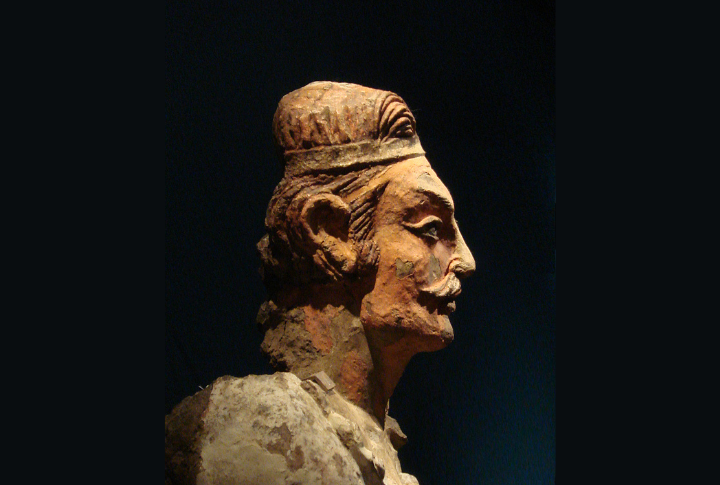
Mayan elites practiced cranial shaping by binding infants’ skulls to create a long, flattened appearance. This signified nobility and beauty in their culture, setting them apart from the common people. The process began at birth and was painless, continuing for several years.
The Mayans Had a Concept of Zero
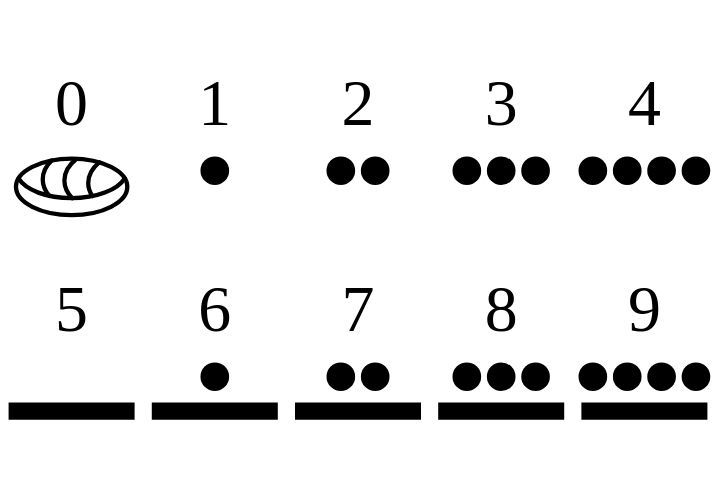
While Europe lagged behind, the Mayans introduced the concept of zero around the 4th century. It was a groundbreaking idea that transformed their calendar system and mathematics, placing them centuries ahead in mathematical thinking.
The Ball Game of Life and Death
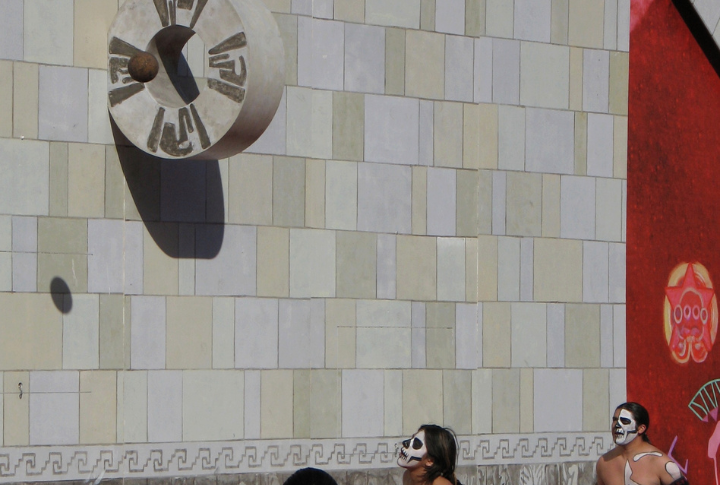
The Mayans’ Pok-a-Tok was more than a game, it was a deadly contest. Losers in this ceremonial ball game could face execution as a tribute to the gods, making it a high-stakes sport with serious consequences. Played on courts, it symbolized a battle between good and evil.
Mayan Agriculture Was Ingenious
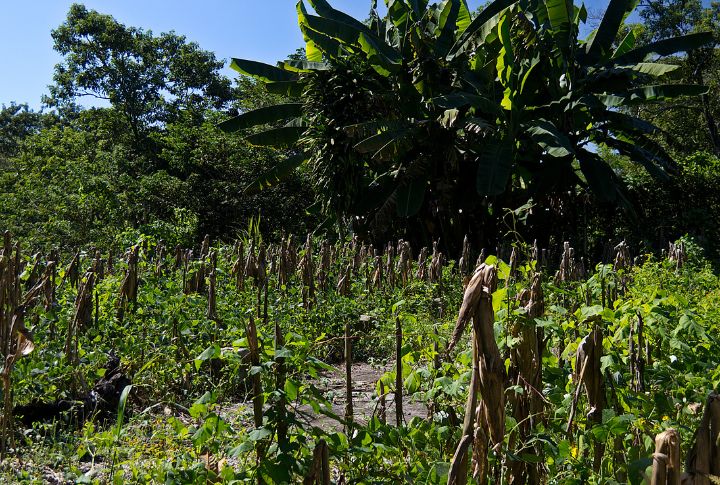
Despite harsh landscapes, the Mayans thrived using advanced agricultural techniques like terracing and irrigation. They cultivated corn, beans, and squash to support large populations, a testament to their innovation and resourcefulness.
They Also Built Pyramids

The Great Pyramid of Calakmul was the highest in the Mayan World and offers visitors spectacular views. This massive structure served as a key political and ceremonial center for the Mayan empire. It was made a UNESCO World Heritage site in 2002 for cultural and environmental significance.
Women Played a Vital Role
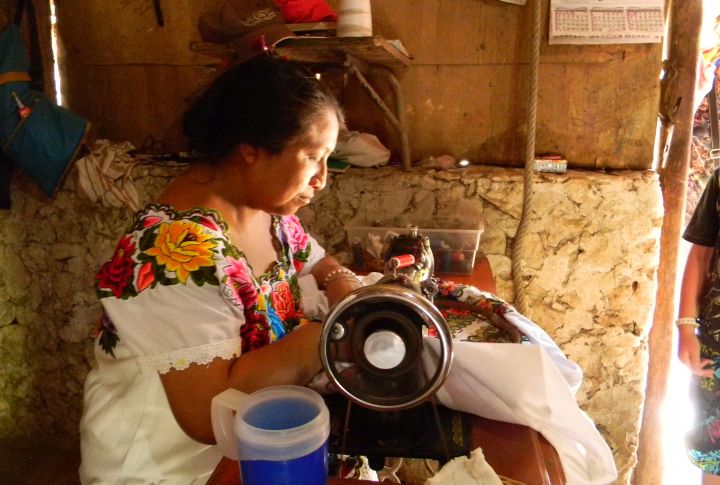
Mayan women weren’t just passive figures; they held powerful roles in politics, religion, and economics. Queens like Lady Six Sky ruled with authority, shaping the destiny of their cities. Many women were also involved in trade, diplomacy, and religious rituals, playing vital roles in society.
The Mysterious Mayan Blue

The Mayans developed a unique blue pigment, known as “Mayan blue,” used in art and religious rituals. Remarkably, this pigment has survived centuries, and its vivid hue is still visible on ancient murals and artifacts. Scientists believe its resilience comes from a mix of indigo dye and clay.
They Had a Complex Underworld
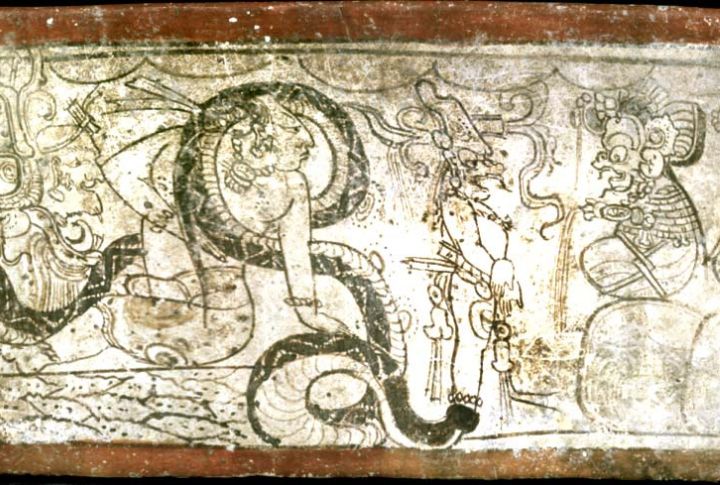
Mayan mythology featured Xibalba, a daunting underworld where souls faced trials. This belief shaped their architecture, with cenotes acting as sacred gateways to the underworld, symbolizing the Mayans’ deep connection to death and rebirth.
Chocolate Currency
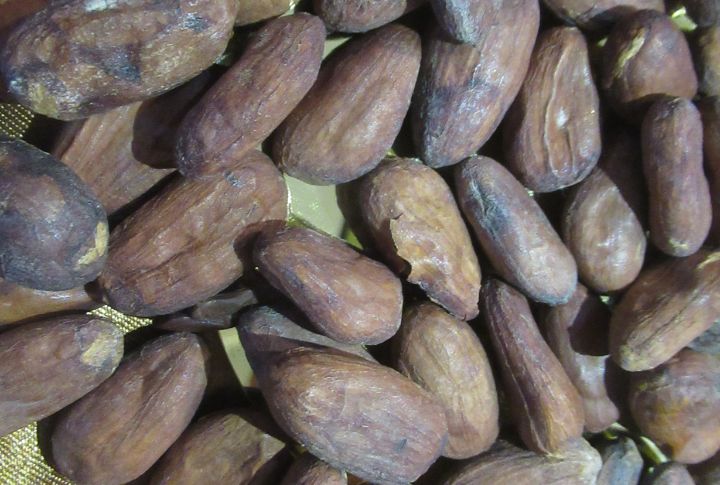
For the Mayans, cacao beans were as valuable as gold. These beans were used as currency, with a single tamale costing about ten cacao beans. Chocolate wasn’t just a treat—it was wealth. Cacao was also offered as a tribute to rulers and deities.

